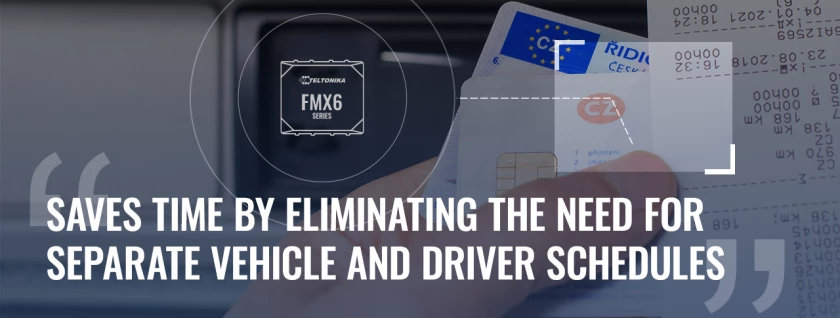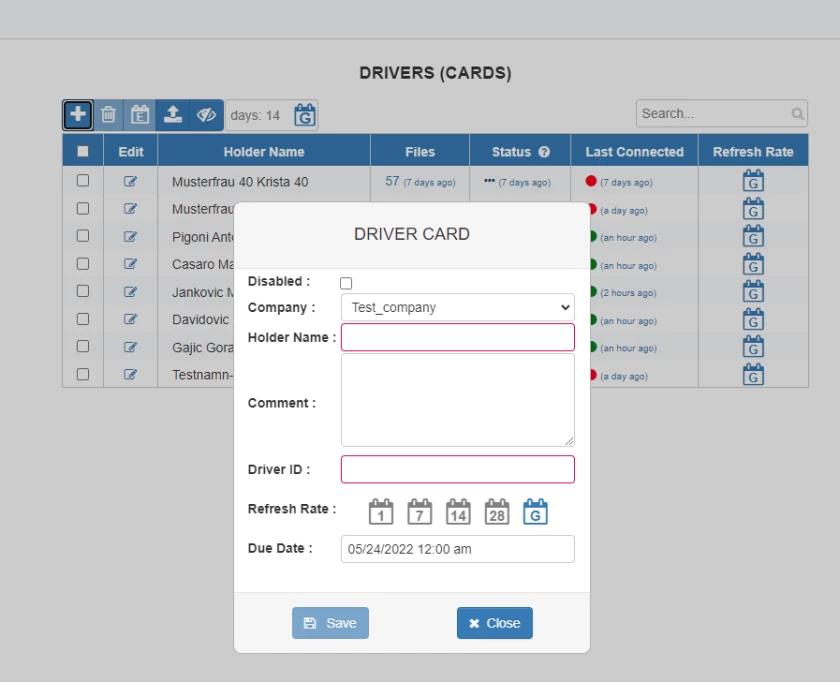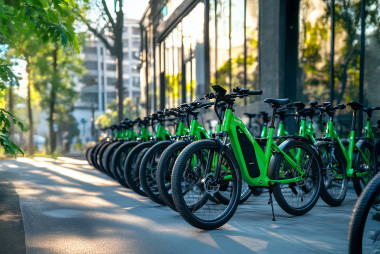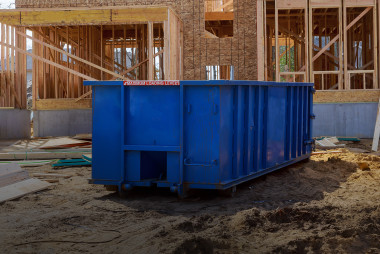INTRO
Logistics companies have more drivers than trucks and lorries fitted with vehicle GPS trackers, so fleet managers can be faced with the daunting task of downloading tachograph data. This data also needs to be sent to a server at specific intervals for individual drivers and vehicles. These obstacles make the process of downloading data a confusing and time-consuming task which, if mistakes are made, can lead to even bigger problems.
CHALLENGE
Creating driving schedules can be a significant obstacle to a fleet manager. Firstly, vehicle and driver schedules should be sent to the server at a specific period which changes from case to case. Also, a fleet manager should always take into account the fact that one driver might drive several trucks per week or month, as well as one truck might be operated by different drivers on the same day.
Secondly, downloading this data and analysing it is also a burden, since vehicle data and driver data come at the same scheduled period. In the past, it was not the case that the driver and the vehicle were separate unique objects in the tachograph DDD files, which is a challenge in a scenario where the drivers change but the truck remains the same. In such a case, the tachograph file would send the object data which would include the work times of two different drivers and one vehicle, but the drivers’ work times would be mixed. This problem prevents fleet managers from distinguishing between individual drivers in a single file, making it difficult to correctly measure their working and resting time.
As fleet managers have to schedule the company trucks and lorries according to the drivers' work schedules, they usually spend a lot of time on this task, as everything has to be taken into account. This process is very error-prone and does not give the company flexibility in scheduling if the driver of a particular vehicle changes. Furthermore, this also takes a lot of time to confirm that all the tachograph data downloaded is correct for every driver and vehicle if they are merged.

SOLUTION
Teltonika Telematics offers a solution to the challenge described above – the WEB TACHO allows fleet managers to create separate schedules for drivers and vehicles. Instead of creating only one schedule for an object, which is shared for the truck and the driver, data on the Web Tacho server is being processed for both of them separately, identifying them as unique objects.
How it works – one PROFESSIONAL series vehicle GPS tracker, for example, FMC650, which is installed in a truck and connected to the digital tachograph, is identified as one object. Nevertheless, as soon as the device connects to the WEB TACHO platform, two separate schedules are being processed – one for the driver and one for the vehicle.
This separation of the schedule ensures that vehicle and driver data can be sent at different times - even if a truck was driven by two drivers during a certain period, its data will only be sent once and the drivers' data will also be sent separately. Because of this, schedules for all of the objects, namely drivers and vehicles, will be updated according to their unique intervals.
Alternatively, when a new driver (with a non-existent driver card ID) starts to operate a vehicle, a new driver object is automatically created in the platform, with a default, or global, upload interval already set. If necessary, a fleet manager can replace this period with a new one, either for a single driver or for the whole fleet. This gives fleet managers the flexibility to set the intervals at which they want to send data, without having to constantly check all data records to see if they have been sent at the right time or not.

Moreover, let us not forget other benefits, that the Teltonika WEB TACHO platform provides. As a web browser-based platform, it is very easy to access and download tachograph data files from any browser through all software interfaces.
In addition, WEB TACHO stores all tachograph data files on a secure server that can only be accessed by authorised personnel, so managers don't have to worry about losing them. Importantly, the platform supports not only the standard DDD file extension but also other formats (Spanish TGD and French V1B, C1B), which clearly demonstrates WEB TACHO flexibility.
TOPOLOGY
BENEFITS
- Remote and convenient tachograph file access - download tachograph files for your entire fleet from a single web-based browser interface.
- Data is kept in separate files – as a result, the data files are processed separately and do not merge, making analysis a much faster and more convenient process than before.
- Secure tachograph files storage – the data is stored on a secure server and can only be accessed by authorised users.
- Saves time for fleet managers by eliminating the need for separate vehicle and driver schedules.
- Companies save valuable resources and money by allowing fleet managers to spend their time on other relevant tasks instead of scheduling drivers.
WHY TELTONIKA?
Teltonika Telematics is leading the industry with its WEB TACHO solution, transforming the way logistics companies manage tachograph data. Our unique solution simplifies the complex task of scheduling and downloading data for both vehicles and drivers, ensuring compliance and efficiency.
Our commitment to providing innovative solutions underlines our dedication to meeting each customer's unique needs and enhancing their fleet management capabilities. By choosing Teltonika Telematics, customers benefit from our innovative approach to digital tachograph management, making the process more streamlined and less prone to error.
Featured product
FMC650Reliable 4G connection with fallback 2G network ensures wide-ranging coverage for your fleet management needs. FMC650 uses a separate module to gather GNSS data and has dual-channel, L1 + L5 support.
Tachograph live data reading via K-Line, ALL-CAN, Tacho CAN or FMS connections for everyday driver management and fleet efficiency
Read J1939 data that includes standard CAN FMS from heavy vehicles like trucks and raw J1939 data from special machinery, such as construction cranes or electric buses. Possibility to connect to CAN line with multiple nodes.
2x RS232 and 1x RS485 serial communication interfaces for connecting external devices, such as thermographs, sensors, RFID readers and more










